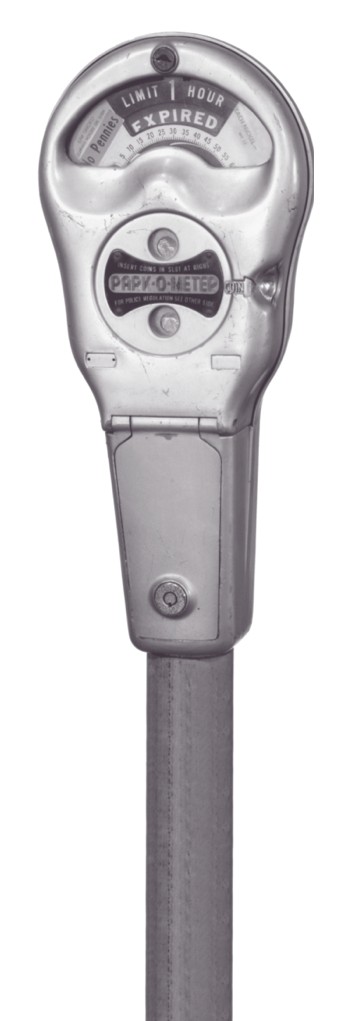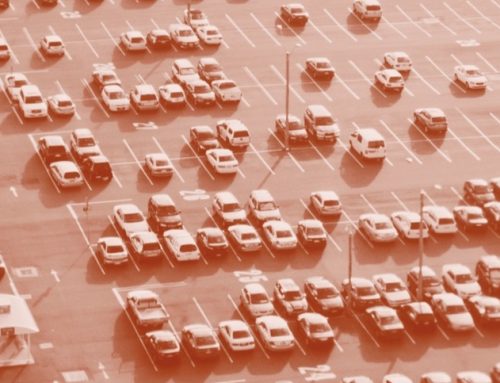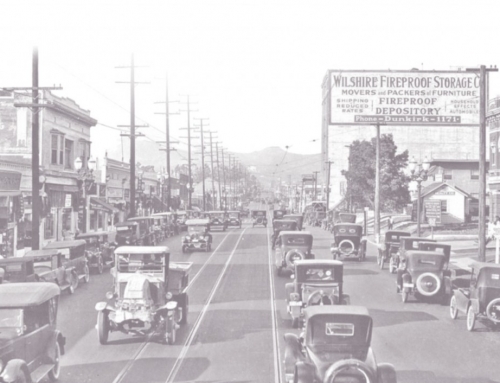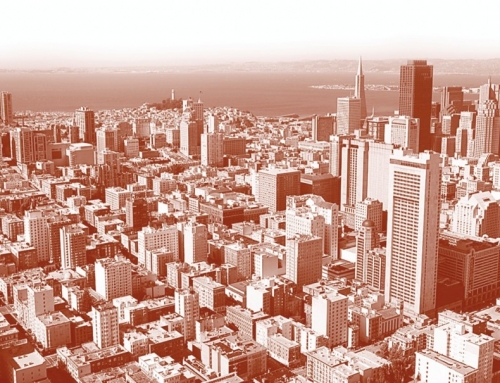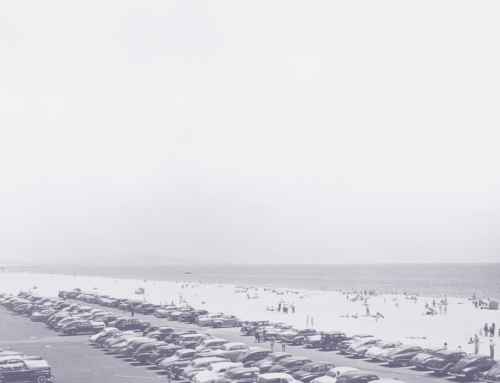If it is feasible to establish a market to implement a policy, no policy-maker can afford to do without one.
—J.H. Dales
Most drivers seem to think that charging for parking on a residential street is like charging children to play in a public park. But if on-street parking is crowded, drivers will congest traffic, pollute the air, and waste energy while they hunt for free parking like hawks circling for prey.
Researchers who interviewed drivers stopped at traffic signals on Prince Street in Manhattan found that 28 percent were searching for curb parking. In another study, observers found that drivers hunting for curb parking on 15 blocks in Manhattan traveled 366,000 miles and created 325 tons of CO2 in one year. Free parking on a crowded street gives a small, temporary benefit to a few drivers who are lucky on a particular day, but it creates large social costs for everyone else every day.
If cities charge the right price for curb parking—the lowest price that will produce one or two open parking spaces on each block—all drivers will have great parking karma and no one will need to circle for parking.
To create local support for right-priced parking in commercial areas, some cities have created Parking Benefit Districts that spend meter revenue for public services in the metered areas. These cities offer each neighborhood a package that includes both priced parking and better public services. Everyone who lives, works, visits, or owns property in a Parking Benefit District can then see their meter money at work.
Residential Parking Benefit Districts
Can Parking Benefit Districts work in purely residential neighborhoods? Many cities have already established Residential Parking Permit districts where they charge a nominal price (or nothing, as in Boston) for the permits, but they can be freewheeling about the number of permits they issue. For example, a political storm erupted in San Francisco when journalists discovered that romance novelist Danielle Steel had obtained 26 residential parking permits for her house in Pacific Heights.
If cities charge the right price for curb parking—the lowest price that will produce one or two open parking spaces on each block—all drivers will have great parking karma and no one will need to circle for parking.
In residential neighborhoods, a Parking Benefit District resembles a conventional Parking Permit District except for three key features. First, drivers pay the market price rather than a nominal price for the permits. Second, the number of permits is limited to the number of curb spaces. Third, the permit revenue pays for neighborhood public services. In neighborhoods where most residents park off-street or do not own a car, the desire for better public services can outweigh the desire to park free on the street.
Market prices for curb parking do not mean that only the rich will be able to park on the street. Most cities are segregated by income, so the rich will compete mainly with each other for parking and will drive up the permit prices only in their own neighborhoods.
Because parking prices will be higher in richer neighborhoods, market prices for residential permits will act like an income tax for drivers who park on the street. In contrast, nominal prices for the permits act like a flat tax, which is less fair.
Setting the Right Prices
A uniform-price auction, which is often used when many identical items are sold, is the simplest way to discover the market price for residential parking permits. Consider how this would work on a block with 20 on-street parking spaces reserved for residents. Any resident can bid for a permit. The bids are ranked in descending order and the highest 20 bidders receive permits. In a uniform-price auction, all the winning bidders then pay the same price: the lowest accepted bid. All but the lowest successful bidder thus pay less than what they bid. A few curb spaces can also be reserved as metered parking for drivers without permits.
Permit parking revenue can pay to clean and repair sidewalks, plant street trees, remove grime from subway stations, and provide other public services. Few will pay for curb parking but everyone will benefit from the public services.
Parking Benefit Districts can also eliminate the hated requirement for on-street parkers to move their cars from one side of the street to the other on street-cleaning days. Permit revenue can pay for vacuum equipment to clean around and under parked cars so drivers won’t have to move their cars back and forth and the city won’t give parking tickets for street-cleaning violations.
Residents who don’t store a car on the street may begin to eye crowded curb spaces as a potential source of public services and view free parking the way landlords view rent control. Free curb parking is like rent control for cars. Randomly giving free curb parking to a few lucky drivers and nothing to people who cannot afford a car, or choose not to own one, is unfair.
Parking Benefit Districts should be especially popular wherever most people park off-street or do not own a car. Consider Manhattan, where only 22 percent of households own a car. Car owners in Manhattan also have almost double the income of the carless. Charging for curb parking and spending the revenue for public services will therefore transfer income from richer to poorer families.
Power-Equalization
If richer neighborhoods have higher parking prices, they will earn more money for public services. How can a city avoid this inequality yet still provide the local incentive to charge for curb parking? One option is to use what in public finance is called power equalization. Suppose the citywide permit revenue per curb space is $2,000 a year ($5.50 a day). In this case, the city can offer to spend $1,000 a year per space for added public services in every Parking Benefit District and spend the other $1,000 a year for citywide public services. All neighborhoods that charge market prices for curb parking will receive equal revenue for public services.
If a block has 20 parking spaces and could earn $40,000 a year to pay for public services, for example, free parking subsidizes drivers by $40,000 a year. Is providing hard-to-find free parking for a few cars more important than providing better public services for everyone? If the city were already charging market prices for curb parking and spending an extra $40,000 a year for public services, few would say the city should reduce public services for everyone to subsidize parking for 20 cars.
Affordable Housing
Finally, Parking Benefit Districts can also increase the supply of affordable housing. Almost every proposal for new housing now comes bundled with a dispute over scarce curb parking. As a result, cities require new housing to provide enough off-street parking to prevent new residents from crowding the curb. These parking requirements increase the cost and reduce the supply of housing. But if permits restrain parking demand to fit the available supply, new residents will not crowd the curb. Cities will be then able to eliminate their off-street parking requirements, which will allow developers to provide less parking and more housing.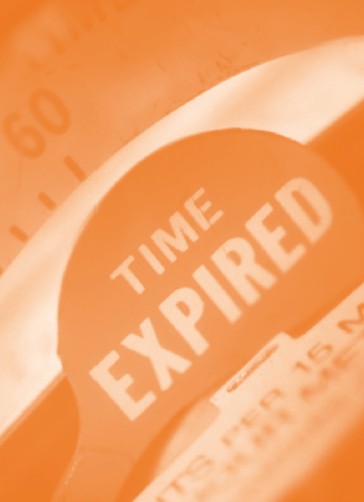
Turning a Problem into an Opportunity
Diverse interests across the political spectrum can support a Parking Benefit District. Liberals will see that it pays for public services. Conservatives will see that it relies on market choices rather than government regulations. Drivers will see that it guarantees curb parking and removes the requirement to shift their cars for street cleaning. Residents will see that it improves the neighborhood. Environmentalists will see that it reduces energy consumption, air pollution, and carbon emissions. And elected officials will see that it depoliticizes parking, reduces traffic congestion, and pays for public services without raising taxes.
If cities manage their curb parking as valuable real estate, they can stop subsidizing cars, congestion, pollution, and carbon emissions. Instead, they can provide better public services. Parking Benefit Districts with power equalization can fairly manage public land used for private parking. This simple reform can be a cheap, fast, and simple way to improve cities and create a more just society, one parking space at a time.
Further Reading
Donald Shoup. 2013. “On-Street Parking Management v. Off-Street Parking Requirements,” ACCESS, 42: 38–40.
Donald Shoup. 2011. “Chapter 17: Taxing Foreigners Living Abroad,” The High Cost of Free Parking, Chicago: Planners Press.
Donald Shoup, Quan Yuan, and Xin Jiang. “Charging for Parking to Finance Public Services,” Journal of Planning and Education Research, Forthcoming.

